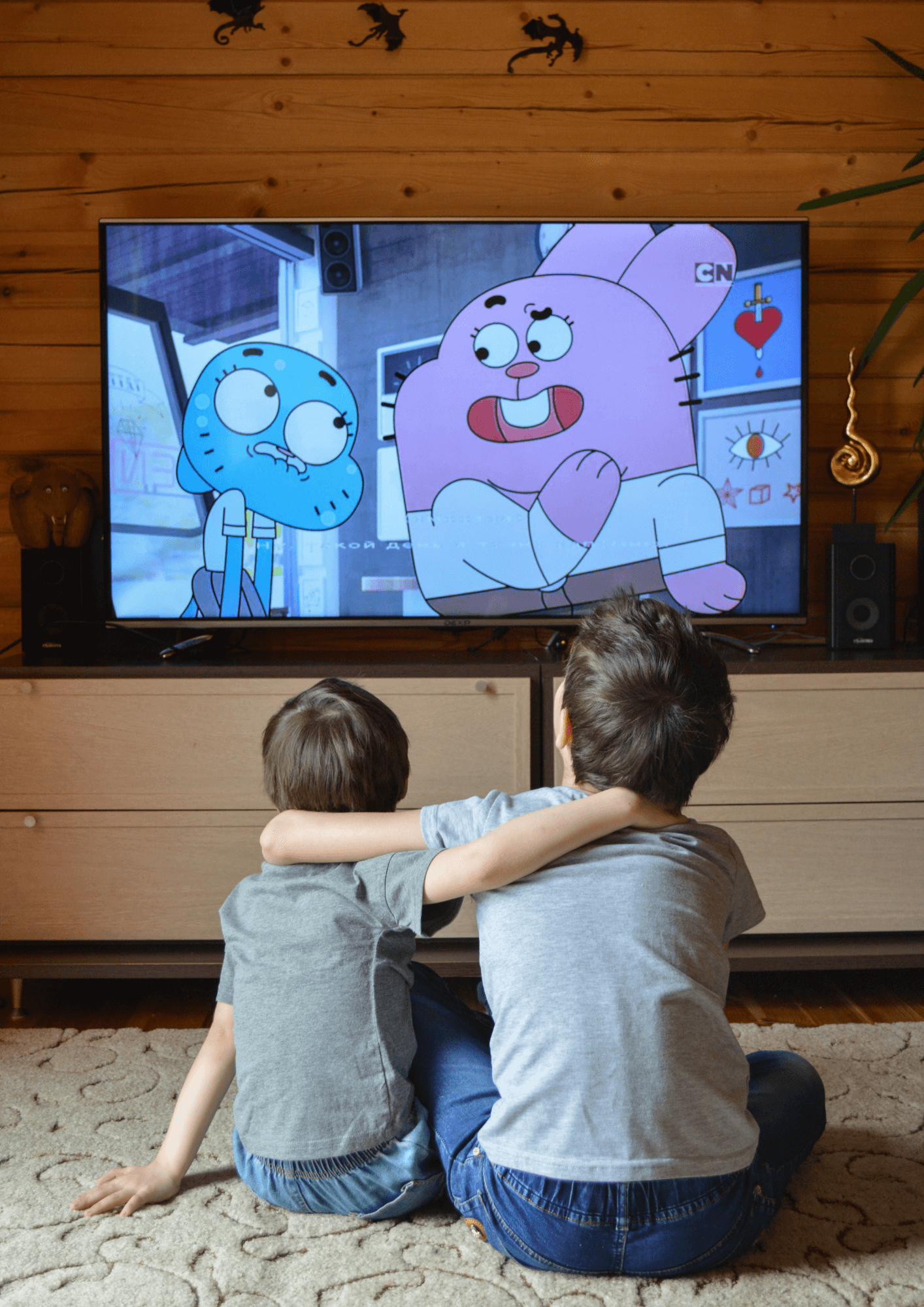Striking the Balance: Managing Screen Time

By Chrissy O'Brien
Witnessing the surge in digital exposure as a teacher and a parent has been both fascinating and concerning. Technology can transform education when used thoughtfully. However, it also brings challenges, such as decreased attention spans, over-dependence on devices for basic tasks, and potential impacts on social skills, physical activity, and emotional well-being.
As digital tools become more embedded in the classroom, and the number of apps continues to grow, the distinction between educational and recreational screen use becomes increasingly blurred. For parents, understanding how much screen time is healthy, and what types of screen time are better or worse, is crucial for promoting a balanced lifestyle.
NOT ALL SCREEN TIME IS EQUAL
Screens from tablets to TVs can offer a mixture of benefits and drawbacks. On the positive side, screens can provide access to vast educational resources, foster creativity, connect families across continents, and enhance collaboration through platforms like Google Classroom, Microsoft Teams, and Seesaw. Used well, they can enrich the educational experience and our lives. However, passive consumption of screens such as watching YouTube, excessive gaming, or scrolling through social media is less beneficial.
The American Academy of Pediatrics (AAP) advises limiting screen time outside of school hours, especially for younger children, yet research in the US found that 8–12 year olds had almost five hours of screen time a day while teens had over seven hours—not including screen use for schoolwork or homework (1,2). All screen time can lead to issues such as eye strain, poor posture, reduced physical activity, and impaired social skills and emotional development, so it is important to enforce limits and prioritize the most beneficial types of screen time.
CREATING BALANCE
With schools increasingly using screens, parents play a vital role in maintaining balance. Here are a few tips for creating a healthy digital environment at home.
1. Set clear boundaries
Children of all ages have difficulty self-regulating their use of screens. Even us adults do. So establish clear rules. AAP research shows that children who have consistent limits are better at managing their screen time. Parental controls, family media agreements, and the use of apps that track screen time can help children develop better self-regulation skills over time (2,3).
For example, limit non-educational screen time for children aged 2–5 to less than two hours per day as recommended by the AAP (3). Encourage your child to spend time outdoors, engage in physical activities, or take up hobbies that don’t involve screens.
2. Create tech-free zones
Designate certain areas of your home as tech-free zones, such as the dining room or bedroom. This encourages your child to disconnect from devices during meals and ensures that screens do not interfere with sleep.
3. Encourage regular breaks
For older children, during homework or study sessions, remind your child to follow the 20-20-20 rule: every 20 minutes, look at something 20 feet away for 20 seconds. This helps reduce eye strain and promotes focus.
4. Monitor content quality
It’s not just the amount of screen time that matters—it’s how it’s used. Ensure that screen time is educational and age-appropriate. Platforms like YouTube Kids or educational apps can provide enriching content, but be wary of unmonitored browsing.
5. Promote face-to-face interaction
Screen time should never replace in-person interactions. Encourage your child to spend time with friends and family in real-life settings, engaging in activities that foster social skills and emotional well-being.
As screens become more integrated into education, managing screen time is more important than ever. Parents can help children by setting clear limits, fostering offline activities, and ensuring that screen use remains productive and balanced. By collaborating with schools and staying informed on the latest research, families can ensure their children benefit from the digital age while staying healthy and socially engaged.
References
- Common Sense Media (2019) The Common Sense Census: Media Use by Tweens and Teens. commonsensemedia.org/sites/default/files/research/report/2019-census-8-to-18-full-report-updated.pdf
- American Academy of Pediatrics (2022) Media use in School-Aged Children and Adolescents.
publications.aap.org/pediatrics/article/138/5/e20162592/60321/Media-Use-in-School-Aged-Children-and-Adolescents - American Academy of Pediatrics (2022) Media and young minds. publications.aap.org/pediatrics/article/138/5/e20162591/60503/Media-and-Young-Minds
About the Author
Chrissy, originally from the UK, moved to Bangkok in 2017 to work at an international school. With 20 years of experience in education and science, she now focuses on science writing, instructional design, and international tutoring. Chrissy enjoys attending BAMBI events with her two-year-old son.
